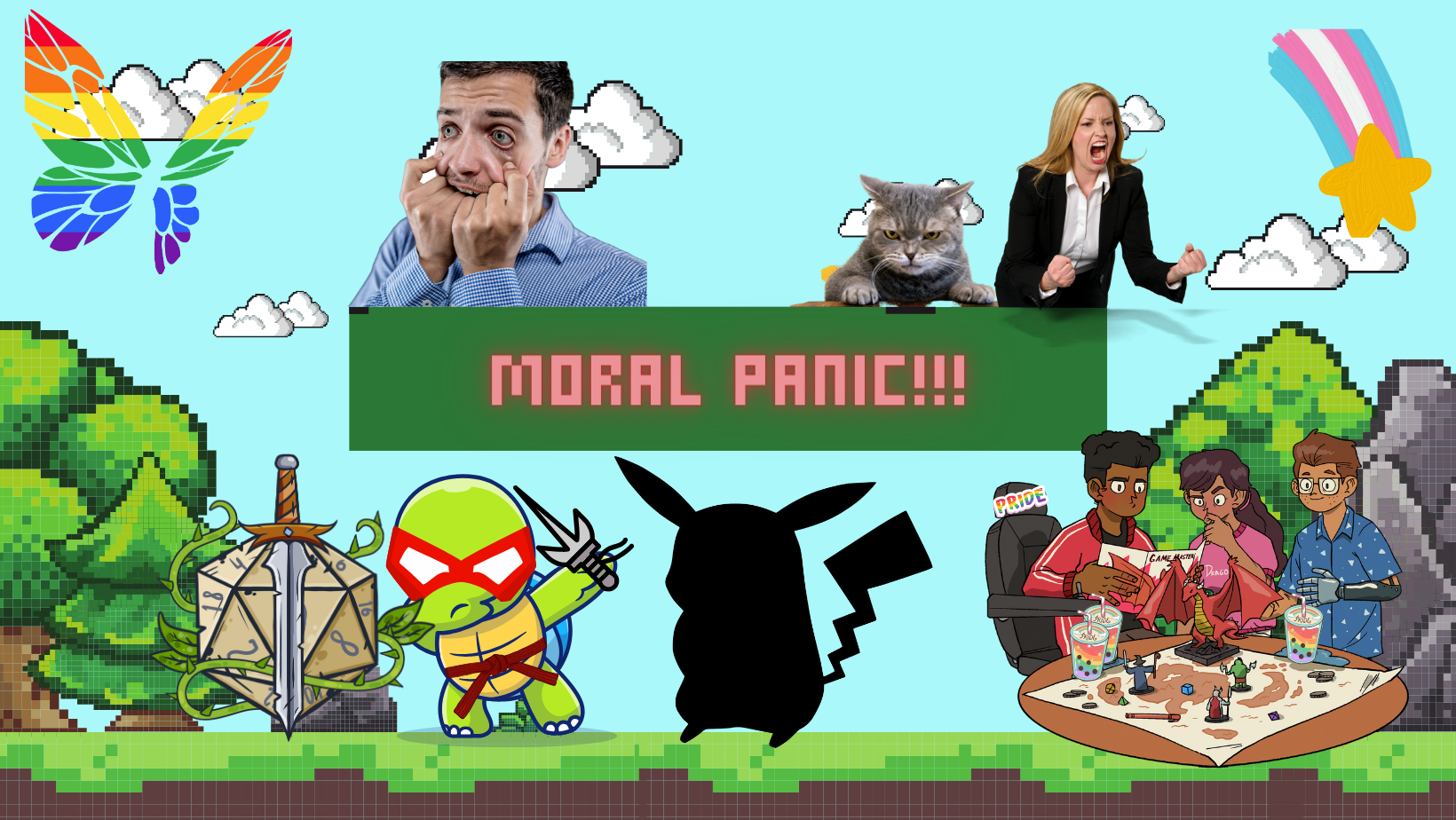
by Alexa Goodrich-Houska (she/they) | Oct 30, 2023 | Blog
Busy Geek Breakdown (TL;DR): Don’t support any of the listed authors below. Yes, people (read: parents) took them seriously. I know it sounds ridiculous but the panic was real, even if the actual threat was not. Do be queer and do geek stuff. (D&D, TMNT, and...
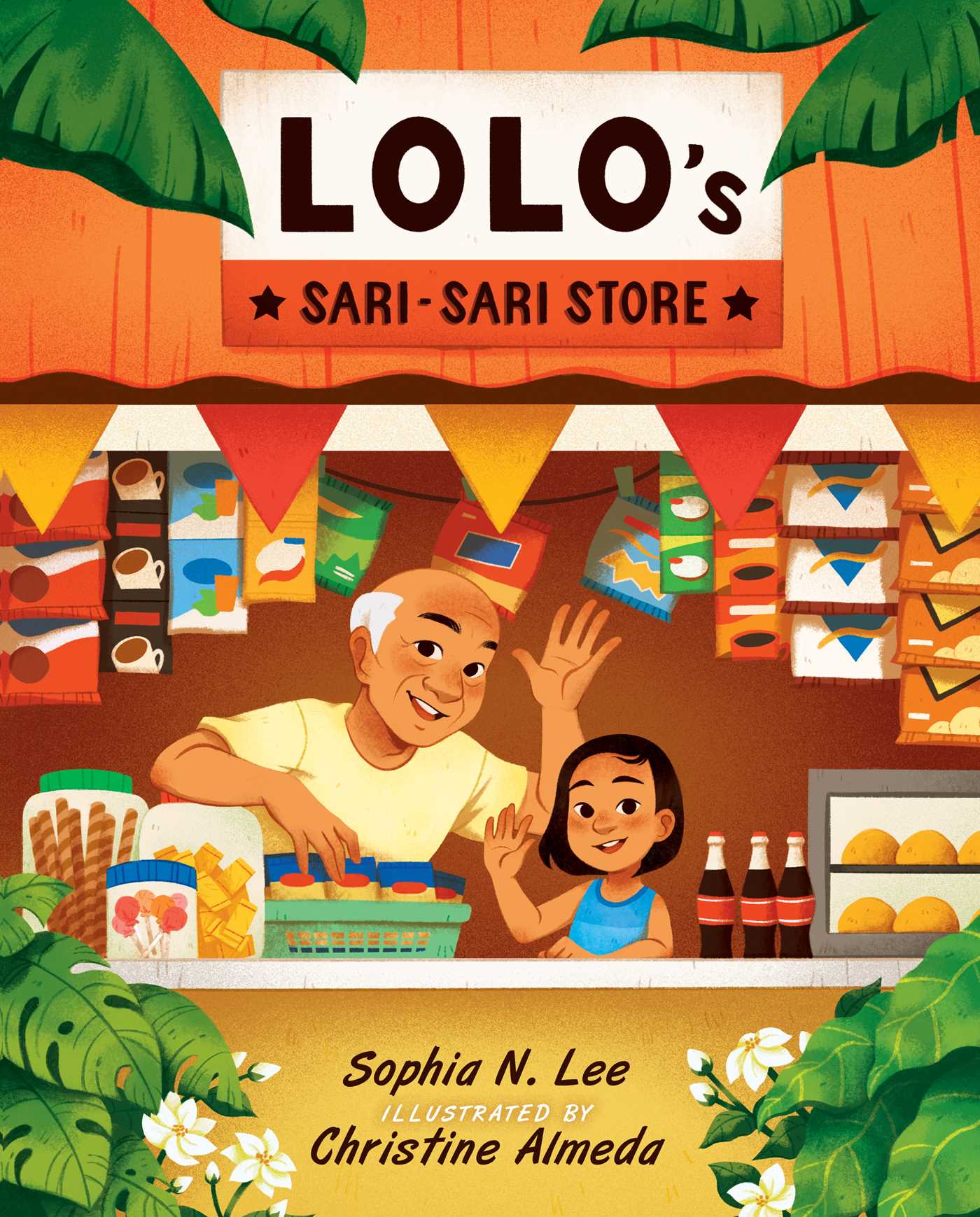
by Michele Kirichanskaya | Oct 27, 2023 | Blog
Sophia N. Lee grew up in the Philippines. She wanted to be many things growing up: doctor, teacher, ballerina, ninja, crime-fighting international spy, wizard, time traveler, journalist, and lawyer. She likes to think she can be all these things and more through...
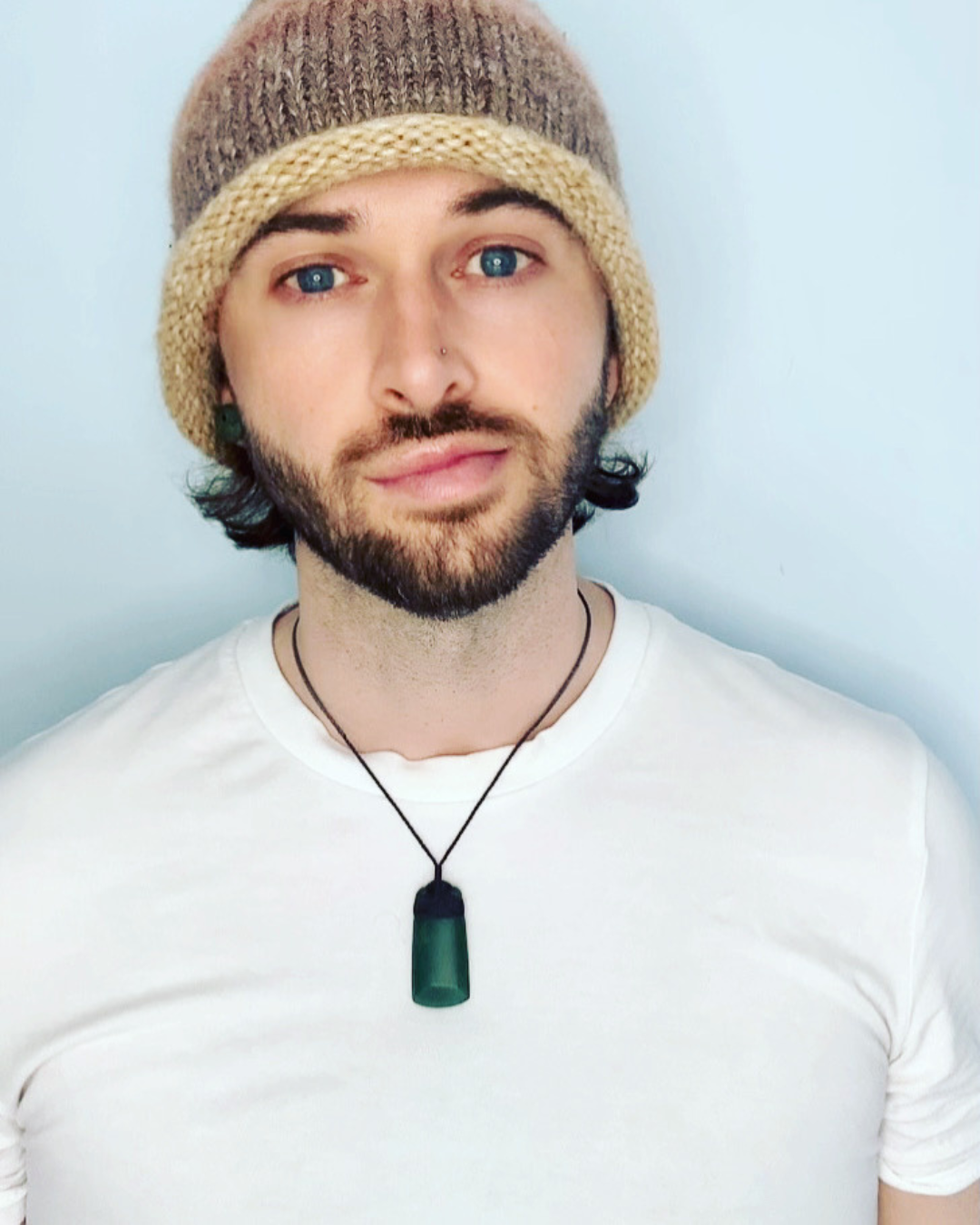
by Jason Kivela | Oct 24, 2023 | Blog
Rory Michaelson (they/them) is the author of the multi-indie-award winning Lesser Known Monsters books, a queer dark fantasy series with a diverse found-family cast. Rory is always too busy but rarely doing the things they ought to be. They are generally a solitary...
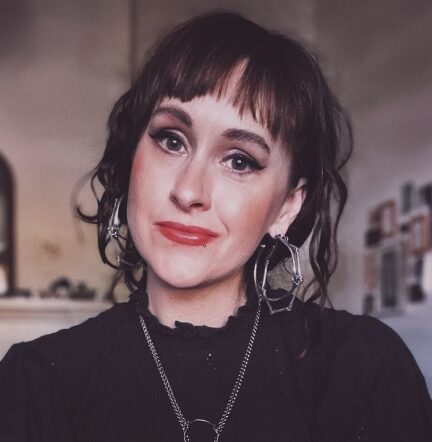
by Michele Kirichanskaya | Oct 13, 2023 | Blog
Lyndall Clipstone writes about monsters and the girls who like to kiss them. A former youth librarian who grew up running wild in the Barossa Ranges of South Australia, she currently lives in Adelaide, Australia, where she tends her own indoor secret garden. She is...
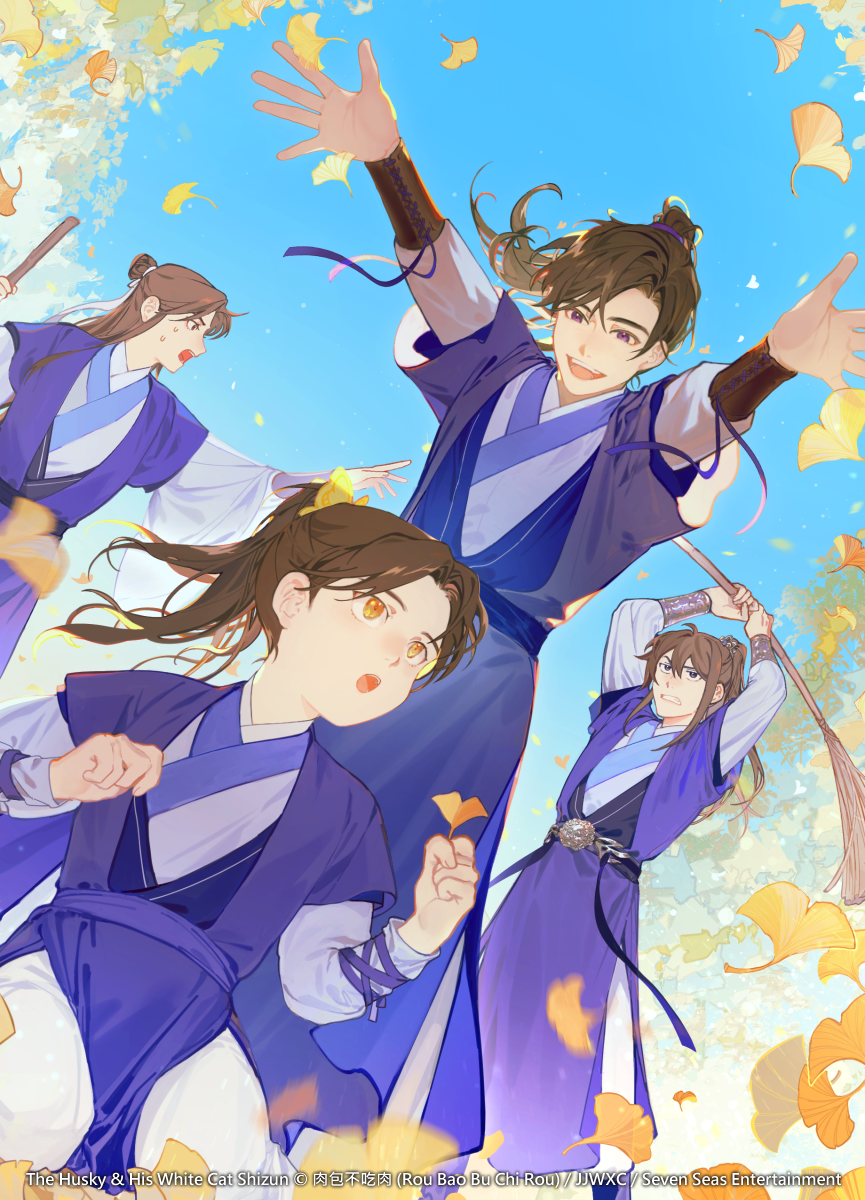
by Michele Kirichanskaya | Oct 11, 2023 | Blog
St., aka Suto, is a Taiwanese-American illustrator with an anime-inspired art style. They are the illustrator for the English translations for The Husky and His White Cat Shizun and Remnants of Filth both by Rou Bao Bu Chi Rou, and have provided artwork for the Barnes...




